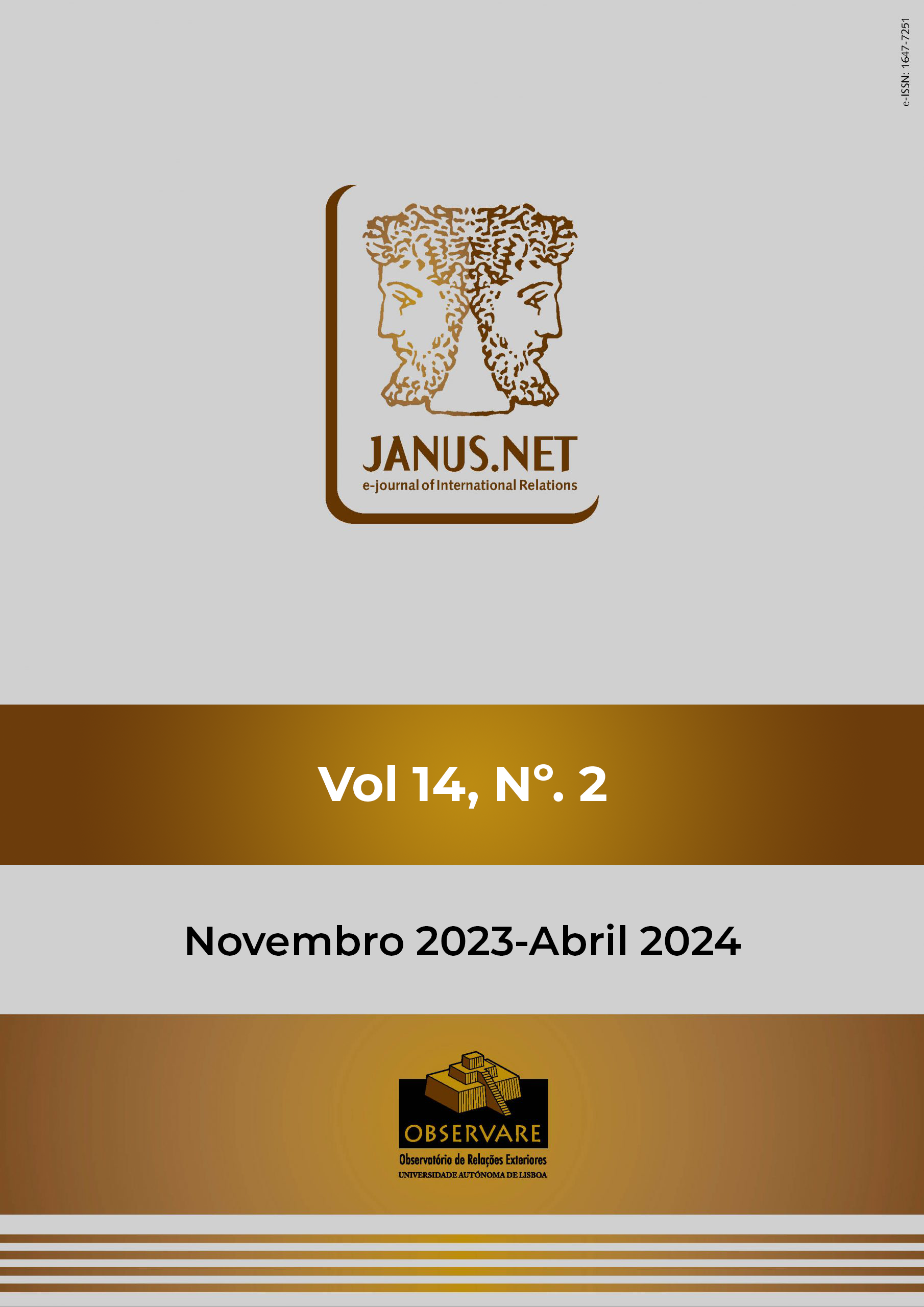UM MODELO DE COOPERAÇÃO AVANT LA LETTRE PARA UMA EUROPA UNIDA. AS PREMISSAS E A EVOLUÇÃO DA PEQUENA ENTENTE (1933)
DOI:
https://doi.org/10.26619/1647-7251.14.2.15Keywords:
Europe, structural changes, Little Entente, federative characteristics, integration, potential modelAbstract
The end of the First World War determined structural changes on the map of Europe, resulting from the disintegration of the Great Empires, revolving around the liberal model and the Wilsonian vision summarized in the "14 points". The new model for building peace generated, besides clear benefits, several challenges, more acutely experienced by Romania and the states in Central and Eastern Europe, mainly driven to preserve the status quo. The creation and evolution of the Little Entente from a predominantly defensive structure towards an organization with federative characteristics provide an original perspective. It foreshadows, as a possible role model and source of inspiration, the construction of the European Communities in the 1950s. A particular relevance, for the exemplarity potential, are the institutional architecture, the organization principles and the functioning on the basis of rotation and consensus, established through the Organization Pact of Little Entente (1933).


